- Home
- slideshows
- miscellaneous
- Here's how to choose between Canon and Nikon if you're ready to ditch your phone and get a real camera
Here's how to choose between Canon and Nikon if you're ready to ditch your phone and get a real camera
Before you decide anything, take a trip to a camera or electronics store and get a feel for the different cameras.

Next, you'll need to decide if you want a full-frame camera or a crop-sensor.
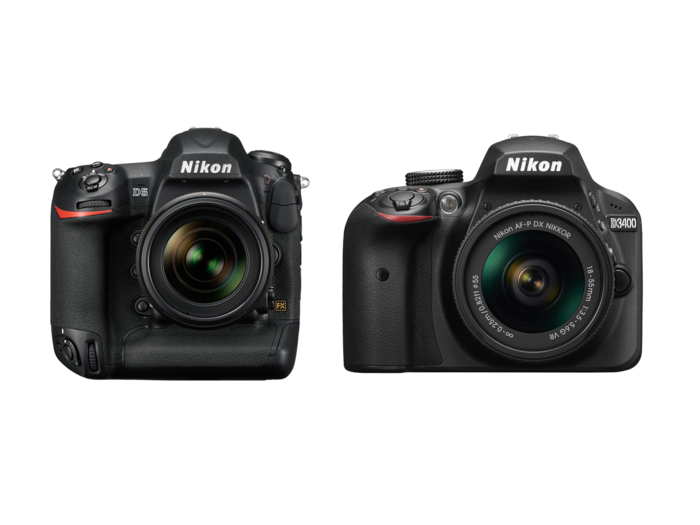
Put simply, a full-frame camera has a larger sensor — the device that captures light when you take a picture. A crop-sensor camera has a smaller sensor, and usually a smaller camera body. This doesn't necessarily mean a full-frame camera will take higher-quality images than a crop sensor, but there are a few key differences.
First off, full-frame cameras are going to be more expensive. The camera bodies themselves will be larger, and since they're aimed at a professional audience, they're going to have features that a professional would want. This includes more shots-per-second, multiple SD card slots, and better low-light performance.
Crop-sensor cameras are still a perfectly acceptable choice — especially for beginners. They generally won't have quite as many features as a full-frame camera, especially at entry level, but they're more than adequate. The biggest difference is hinted at in the name — the cropped sensor. Without getting into details, a crop-sensor camera won't show as much of the scene as a full-frame camera using the same lens.
Here's an explainer from SLR Lounge that shows some examples of the differences between images taken with full-frame and crop-sensor cameras.
If price is an issue, you might want to start with a crop-sensor camera. It will get the job done, and you'll be instantly impressed with the results when compared with the photos you've been taking on your phone.
Now, let's take a look at the different crop-sensor and full-frame options from each company. Nikon currently offers eight crop-sensor cameras on its website, but there are older models available from resellers and third parties.
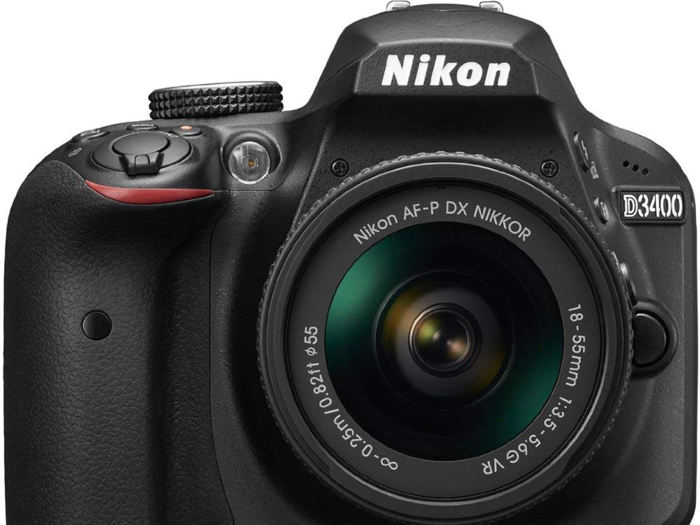
Here's the crop sensor cameras Nikon currently offers on its website:
- D3400 ($449)
- D3500 ($499)
- D5300 ($599)
- D5600 ($699)
- D5500 ($699)
- D7200 ($999)
- D7500 ($1,149)
- D500 ($1,899)
(Note: some of these prices reflect the addition of an 18-55mm starter lens. You can purchase only the camera body for cheaper, and select your own lens.)
Next, here are the crop sensor cameras offered by Canon — it currently offers eight as well.
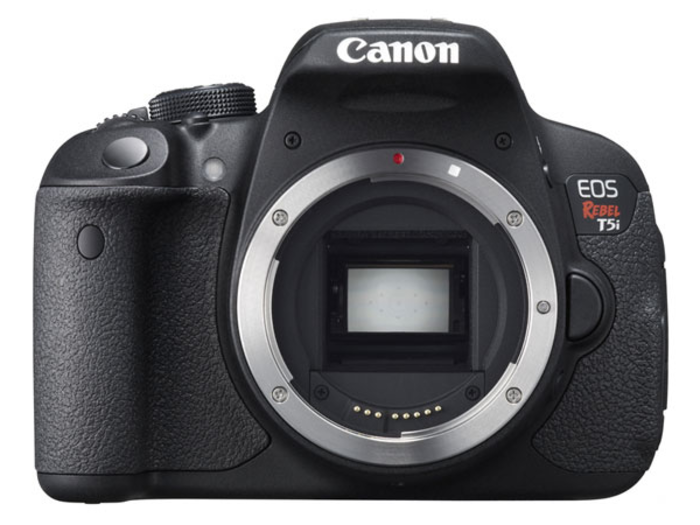
- EOS Rebel SL2 ($549)
- EOS Rebel T5i ($649)
- EOS Rebel T6i ($749)
- EOS Rebel T7i ($749)
- EOS Rebel T6s ($849)
- EOS 77D ($899)
- EOS 80D ($1,199)
- EOS 7D Mk II ($1,849)
(Note: These prices only reflect the cost of the camera body without any additional lenses. Some of the cameras listed are on sale until September 29, so Canon's price on the website will be lower than what is shown here.)
If you're set on getting a crop-sensor camera, it's best to start with your maximum price point and work from there. Which brand/model has the most features you need for the price you're willing to pay?
Now for the Nikon full-frame cameras
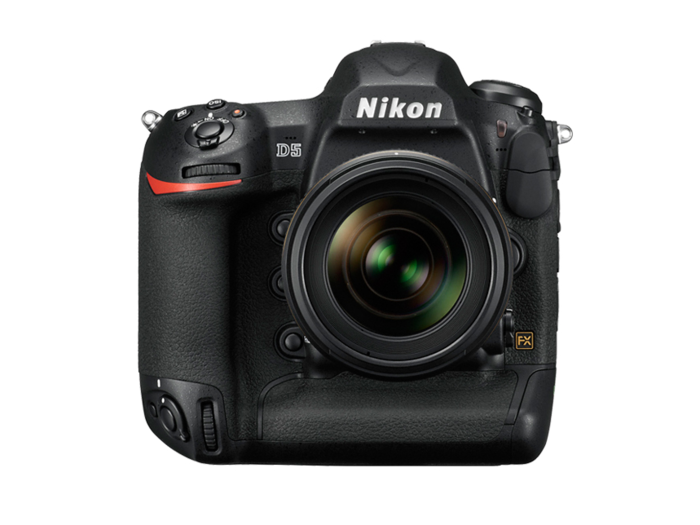
Here are Canon's full-frame options — there are six of these as well. As you can see, full-frame cameras are generally a lot more expensive than crop-sensor.
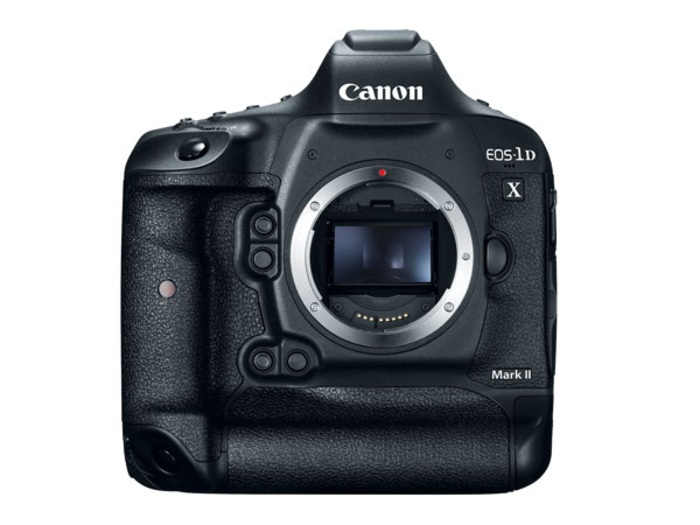
- EOS 6D Mk II ($1,999)
- EOS 6D ($1,699)
- EOS 5D MK IV ($3,499)
- EOS 5DS ($3,699)
- EOS 5DS R ($3,899)
- EOS-1D X MK II ($5,999)
(Note: Some Canon full-frame cameras are on sale until September 22, so prices may be lower on the website than what's listed here).
After you've chosen a camera body, it's time to look for a lens. Canon and Nikon generally have the same types of lenses for sale, but you can get a better deal depending on which lens and company you choose.

Before jumping into lenses, it's important to note the different naming conventions that each company uses.
Crop sensor cameras tend to have their own lineup of lenses. These are lenses meant to be used with a crop sensor, and are generally cheaper than their full-frame counterparts. However, crop sensor cameras can also use lenses meant for full-frame cameras.
Full-frame cameras should really only be used with full-frame lenses. If you use a crop sensor lens on a full-frame camera, you'll get what's known as vignetting — a dark circle around the other frame of the image.
However, you can technically use a crop-sensor lens on a full-frame body. Many full-frame cameras have a setting that mimics a crop sensor, which will remove the vignetting. There's going to be a loss of image quality if you use this method, however.
Both Nikon crop-sensor and full-frame camera bodies can be used with lenses meant for either system — no matter which type of body you have, you can use a Nikon lens. Canon users aren't so lucky in this regard. Canon's crop sensor cameras will still accept crop-sensor or full-frame lenses, but their full-frame bodies will only accept full-frame lenses. This shouldn't be too much of a problem, but it could be an annoyance if you choose to upgrade to a full frame and find that you can no longer use the crop-sensor lenses you already own.
Nikon's lineup of crop-sensor lenses have the 'DX' label, while its full frame lenses are labeled 'FX.'
Canon's crop-sensor lenses are labeled 'EF-S,' and its full frame lenses are labeled 'EF.'
If you used to shoot older Nikon or Canon film cameras, you can probably still use your lenses.
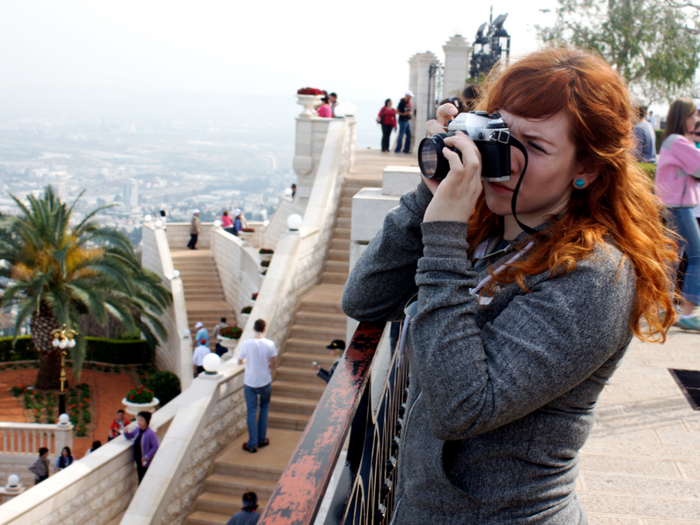
Nikon has used the same lens mount system since 1959, while Canon has used its mounts since 1987. This means that if you have any old lenses lying around, or you see a cheap one for sale, you can almost certainly still use it with your modern DSLR.
However, there will be a few issues. The first, and most obvious, is autofocus. Canon's autofocus system is located in the lens, which means that the camera body itself doesn't do any of the work when focusing. If you use an old Canon lens before autofocus was added, you'll have to manually focus with the focus ring.
Nikon, however, uses a mixture of in-lens and in-body focusing systems. It can get quite complicated, so I'll spare you the details. But, if you have the right body and lens combo, you should be able to use the in-camera autofocus system to focus some older lenses.
Here's a list detailing how each Nikon body interacts with each Nikon lens system, compiled by Nikonian.
So, if old lenses are your thing, Nikon has the upper hand here. You'll get some autofocus compatibility, and you have a larger selection of lenses to use, ranging back to 1959.
Now you can pick out what types of lenses you'd like to start with. You could always buy a third-party lens made for your camera system, but we're going to focus on proprietary hardware here.

I personally wouldn't recommend starting with a 'kit lens' that a lot of crop-sensor cameras come with. They're nice when you're getting the hang of using the camera, but they don't have very good low-light performance, and they aren't as sharp as other options.
Camera lens focal length is measured in millimeters — the higher the number, the narrower and longer your field of view will be. For example, a 18mm lens would give you a very wide view of the scene, taking in more than the human eye does. A 35mm lens is about middle ground, and is pretty close to what you naturally see with your eyes. A 200mm lens will provide a zoomed-in image, and so on.
This is where it's important to remember the crop factor if you're using a crop-sensor camera. Nikon lenses have a 1.5x crop factor, and Canon have a 1.6x. So if you put a 35mm lens on a Nikon crop sensor body, it will be the equivalent of using a 52.5mm lens. If you put the same lens on a Canon crop sensor body, you'll have the equivalent of using a 56mm lens. This is the case whether or not you're using a lens specifically made for a crop sensor camera.
Here are some solid and relatively inexpensive Nikon lenses to start with.
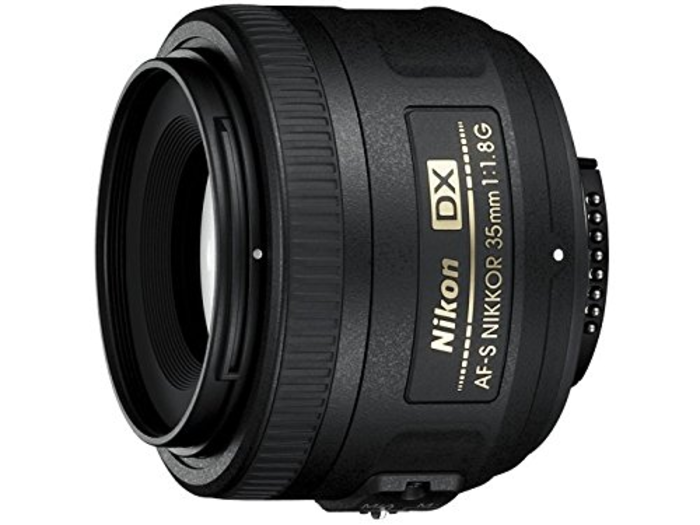
- AF NIKKOR 50mm f/1.8D ($134)
- AF-S DX NIKKOR 35mm f/1.8 ($200)
- AF-S DX NIKKOR 55-200mm f/4-5.6 ED VR II ($349)
- AF-S VR Zoom-Nikkor 70–300mm f/4.5–5.6G IF-ED ($668)
- AF-P DX NIKKOR 10-20mm f/4.5-5.6G VR ($306)
(Thanks to Wirecutter for some of the beginner lens recommendations.)
Now, here are the rough equivalents from Canon's lineup.

- EF 50mm f/1.8 ($125)
- EF-S 35mm f/ 2.8 ($299)
- This is Canon’s crop-sensor 35mm lens. It’s more expensive than Nikon’s crop 35mm, and doesn’t have as wide of an aperture, and it's a good example of a case where one company has a clear upper hand (Nikon, in this case).
- EF-S 55-250mm f/4-5.6 IS STM ($299)
- EF 70-200mm f/4L USM Telephoto Zoom ($599)
- EF-S 10-18mm f/4.5-5.6 IS STM ($279)
Depending on what type of lenses you'd like to start with, the price difference between Nikon and Canon for certain models like the 35mm could help you make your decision.
Final thoughts: No matter which you choose, you can't really go wrong.
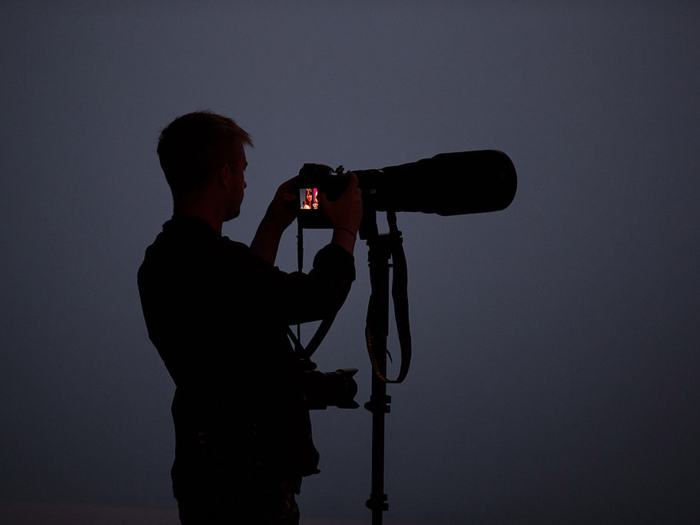
As you've probably noticed by now, Nikon and Canon are almost always on the same page. This is a case where there isn't a clear winner — what you choose is based on preference, and can really only be decided on a case-by-case basis.
Do you just want a 35mm lens and a cheap crop-sensor camera for street photography? Nikon might be for you in that case, as its 35mm lens is cheaper than Canon's version, and is an excellent lens all around.
Maybe a certain camera body from Canon has the features you want, and it's on sale for cheaper than the Nikon equivalent. In that case, Canon would probably be the better choice.
Or, perhaps you have some old lenses lying around or available to you. If you still want to make use of them, that could influence your decision as well.
Keep an eye out for sales and head into a camera store to try them out for yourself. Ask your photographer friends what they prefer, and why. But you can't really make a wrong choice here — no matter which company you choose, you're going to get a powerful, modern, digital camera.
In the end, have fun with it and try not to have too much buyer's remorse. Make the right choice for yourself, and you'll be set.
Popular Right Now
Popular Keywords
Advertisement